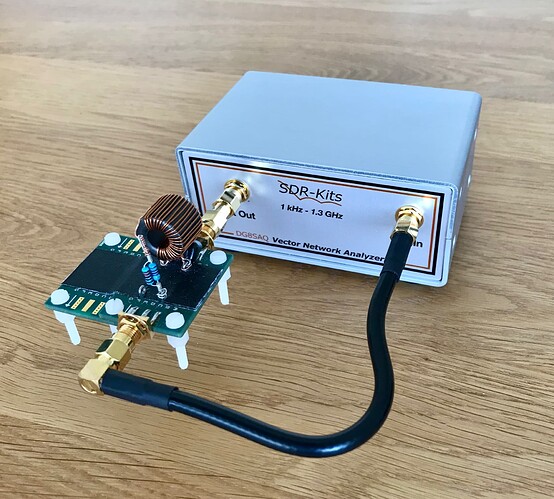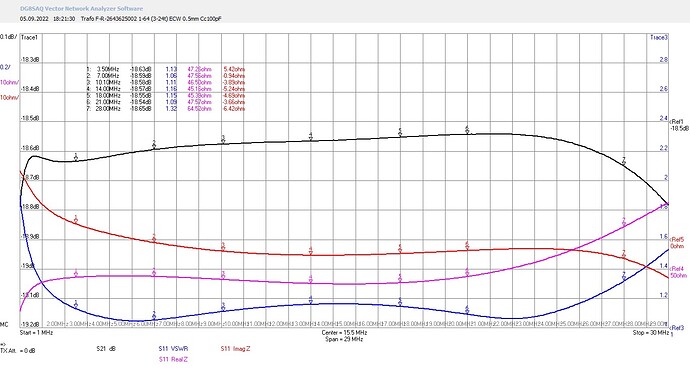Ariel, I am pleased to see that your great persistence and curiosity to critically question the first test result and the conclusions drawn from it has paid off. Well done.
Please don’t be disappointed if I still make a small reservation. The radiation characteristic of your antenna is a bit special on the bands of 20-10 m and therefore no longer corresponds to that usually expected from a dipole.
Such a radiation characteristic is typical for all half-wave antennas whose relative height above the ground is low and whose relative antenna length is large (number of half-waves).
That’s why the short masts that SOTA enthusiasts like to use for practical reasons and half-wave antennas are not per se an optimal solution in terms of radiation properties.
The radiation plots below show the radiation characteristics on 40/20/15/10 m of the SOTA centric EFHW with an apex height of 6 m and an apex angle of 130 degrees.
It is obvious that on 14 and 28 MHz this antenna does not radiate, as is generally expected, all around or on the broad side, but along its length.
This is why the unknown player during the WSPR test on 14 MHz could eventually also be hidden here and not only in the antenna separation in the sloping test area, hi.
The different radiation characteristics of such a multi-band antenna cannot simply “tuned away” with an impedance matcher (VSWR), no matter how ingenious it is.
Or in other words: In any case, it is advisable to look at the entire system and not start with the gold plating at one end if it is rusting away at the other end …
Instead, an attempt must be made to reduce the relative antenna length and thus the number of multiples of half waves.
One possible solution could be (radiation plots below)
-
improvement on 14 and 28 MHz: an additional link for an EFHW on 14 MHz and use of this antenna length also for 28 MHz (2x 1/2 lambda). This would result in a base fed sloper (bfs).
-
improvement on 21 MHz: only possible with an additional link for an EFHW on 21 MHz (resulting also in a base fed sloper)
So I now hope that your SOTA centric EFHW will continue to give you a lot of pleasure, or even more so.
73 gl, Heinz
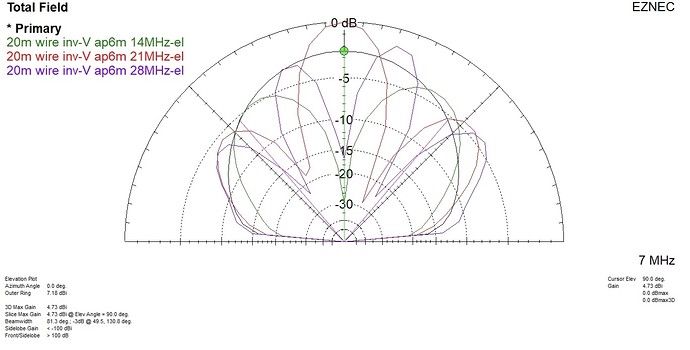
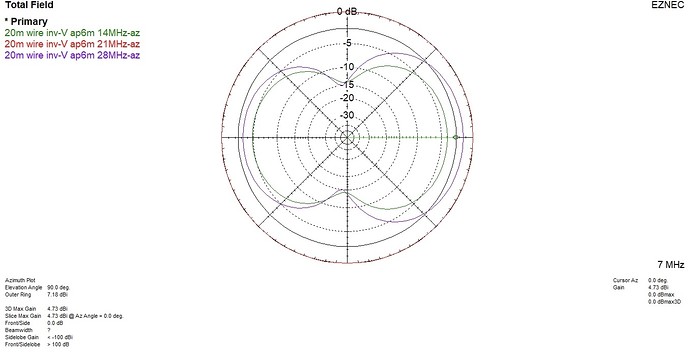
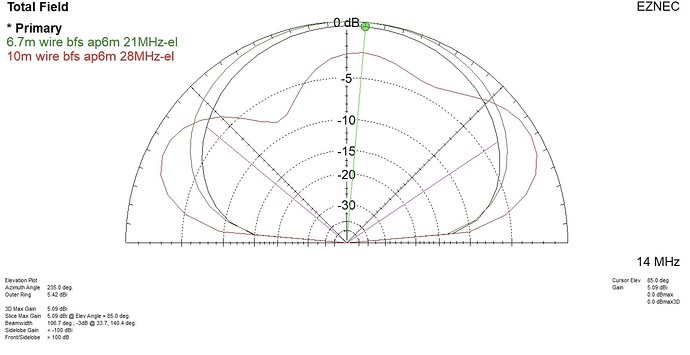
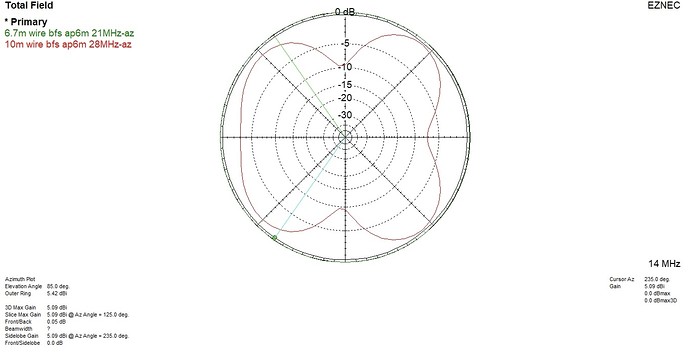
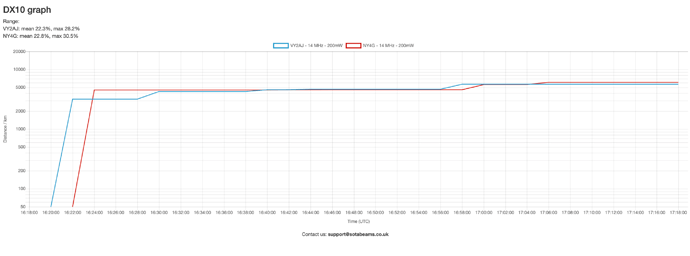
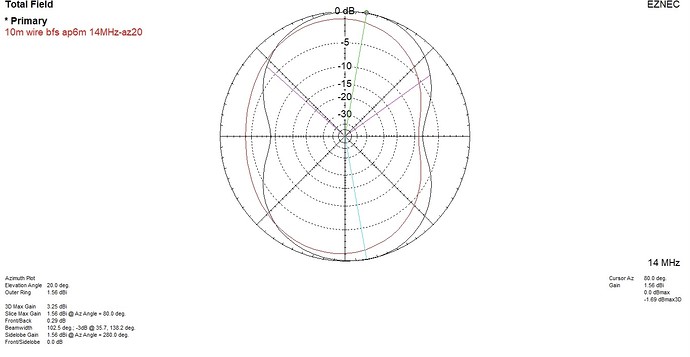
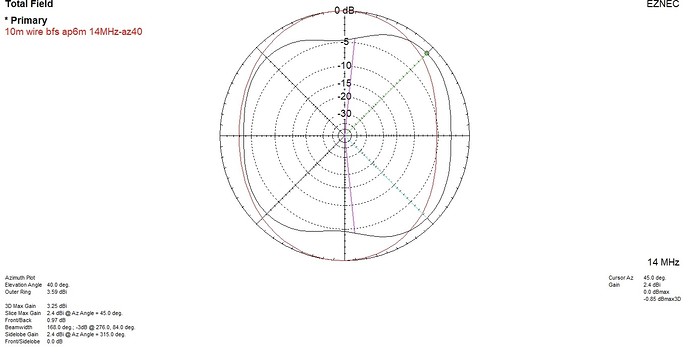
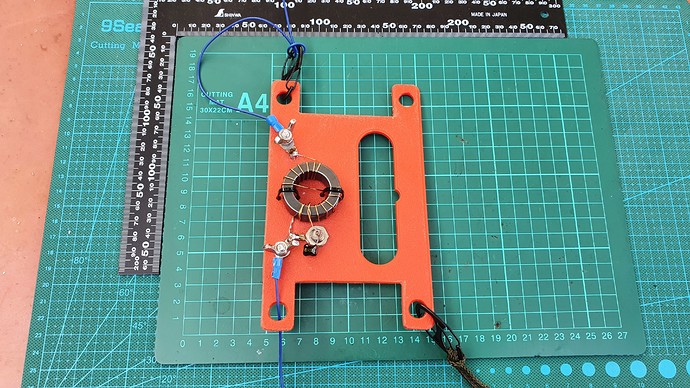
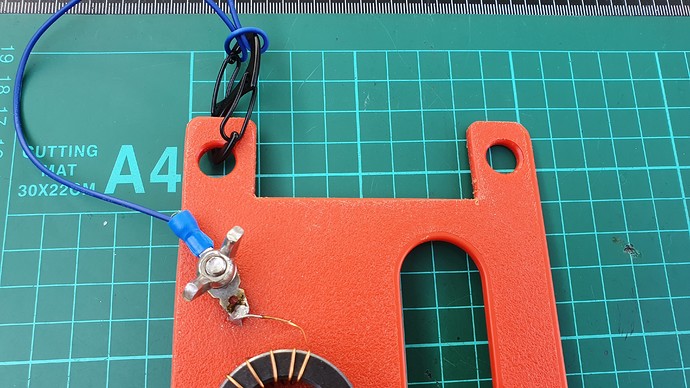
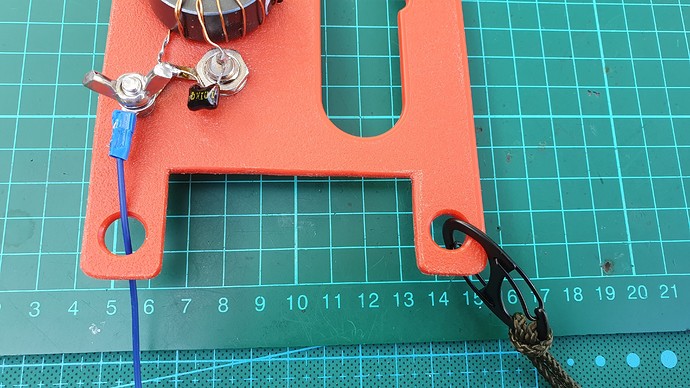
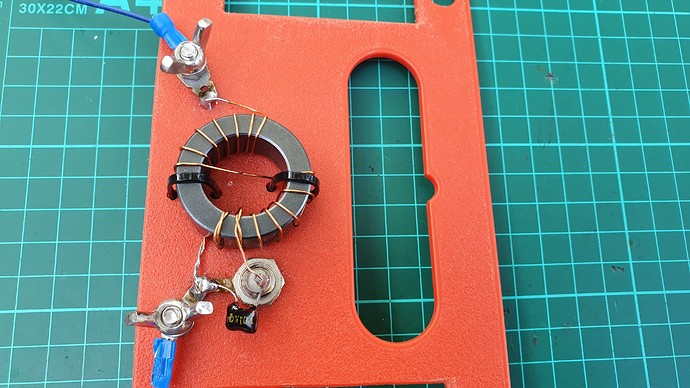
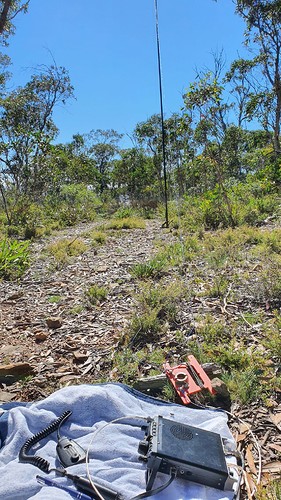
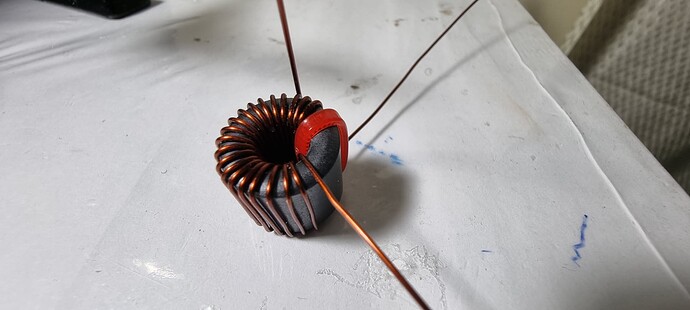
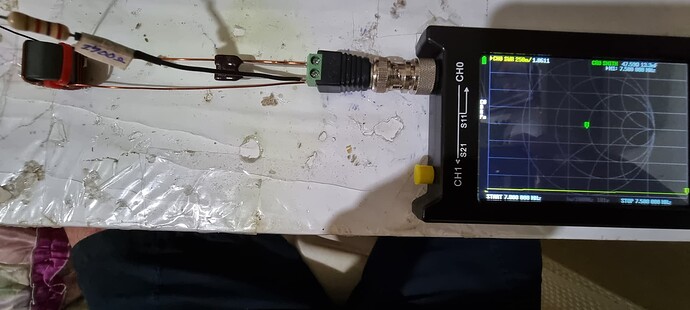
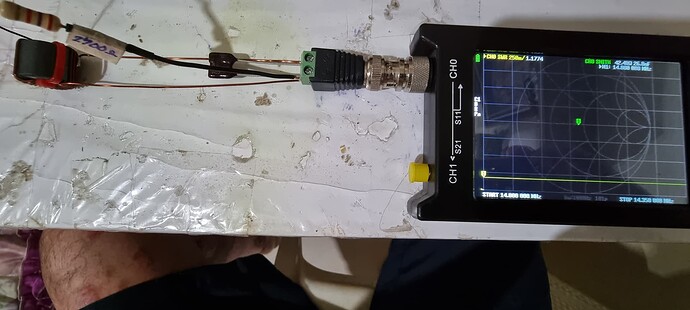
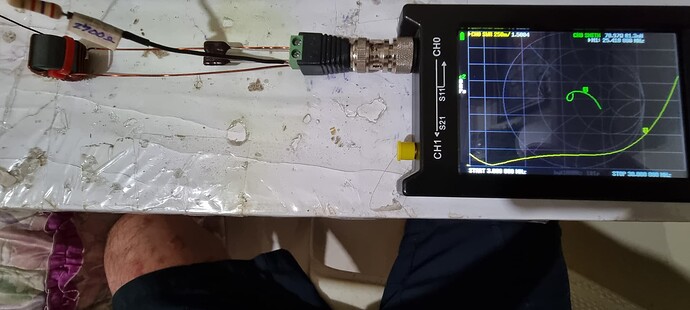
 M6YLY you might just ended with an unfortunate finished product considering that i am a newby.
M6YLY you might just ended with an unfortunate finished product considering that i am a newby.